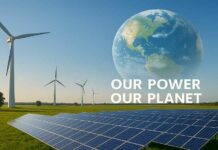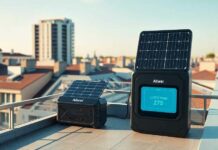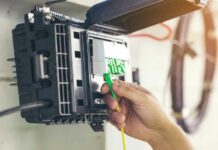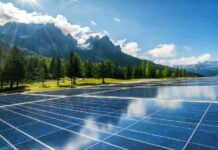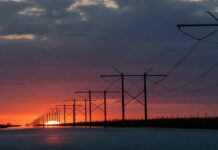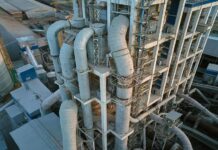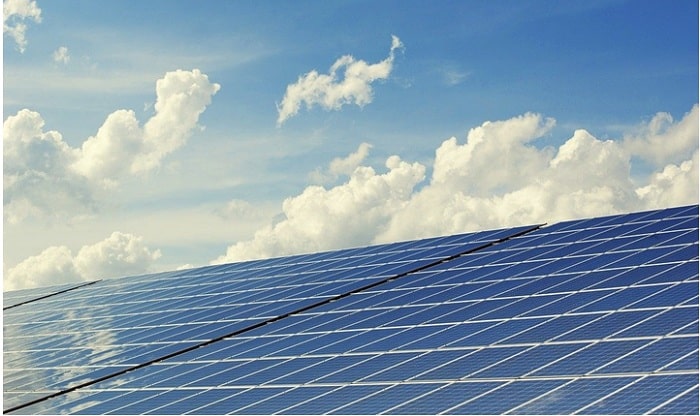Homeowners are concerned about the rising cost of energy, water supplies, and other essential services. Wherever possible, they’re increasingly looking to be a little greener than the year before. Also, they’re interested in cleaner water and being more energy-efficient too.
While energy providers aim to provide planet-friendly supplies, here’s what some homeowners are trying out to do their bit.
Adding Solar Panels to the Roof
Not every home will be suitable for this option, but for homeowners keen on harnessing the power of the sun and reducing their dependence on the grid, solar power is attractive.
To check whether your roof and area are suitable for a solar installation, you can check these mapping services.
The cost of adding solar panels and battery banks is not cheap. But there are often incentive programs including solar loans and other options to assist homeowners interested in the idea. Look at this website for the latest information on assistance towards getting solar power installed.
Will you save money on solar versus using your local utility? The answer is: It depends. The costs have been falling annually for a decade making it likely that you’ll at least break even and may even save some dollars too. Also, it’s green energy and provides a backup plan in a power-cut.
Whole House Filtration
While the water supply is treated and purified before being distributed, other contaminants can enter the supply. When there are dirty water pipes either inside the home or along the path, this can turn drinkable water into less than impeccable H2O.
A reverse osmosis system for the whole house takes the existing supply and treats it before the water is released through the faucets. Doing so screens out anything unwelcome that came along for the ride. Now it’ll be better-tasting water and a worry-free supply to the boiler, bathroom, and the kitchen.
Airtight with Improved Airflow
To achieve improved energy efficiency at home, making it as airtight as possible is often the goal. This has some logic to it because when cooling or heat isn’t lost as readily, then it doesn’t need to be replenished either.
One area that shouldn’t be ignored with this push for greater energy efficiency is airflow problems. It’s necessary to create greater airflow through HVAC or heat recovery ventilation systems to prevent any room from becoming stuffy. These types of systems can save on energy while introducing newly filtered air into the home.
Reduce Energy Usage
There’s an ongoing effort by homeowners to cut the number of kilowatts they’re using in their homes. While cost-cutting measures and seeking other sources of energy are appropriate, reducing the need for energy addresses the core issue more directly.
Turning off eco-friendly lights when not needed, only turning on TVs when using them, and avoiding other electronics being left on all day plays a part. Even leaving the coffee maker on continually adds up over the year. When being more energy conscious, the total number of kilowatts consumed declines significantly.
For homeowners wanting to be greener and less energy-dependent, the above steps are all possible to achieve these goals. While they appreciate energy providers doing their bit to be greener, they know the effort can start closer to home.



